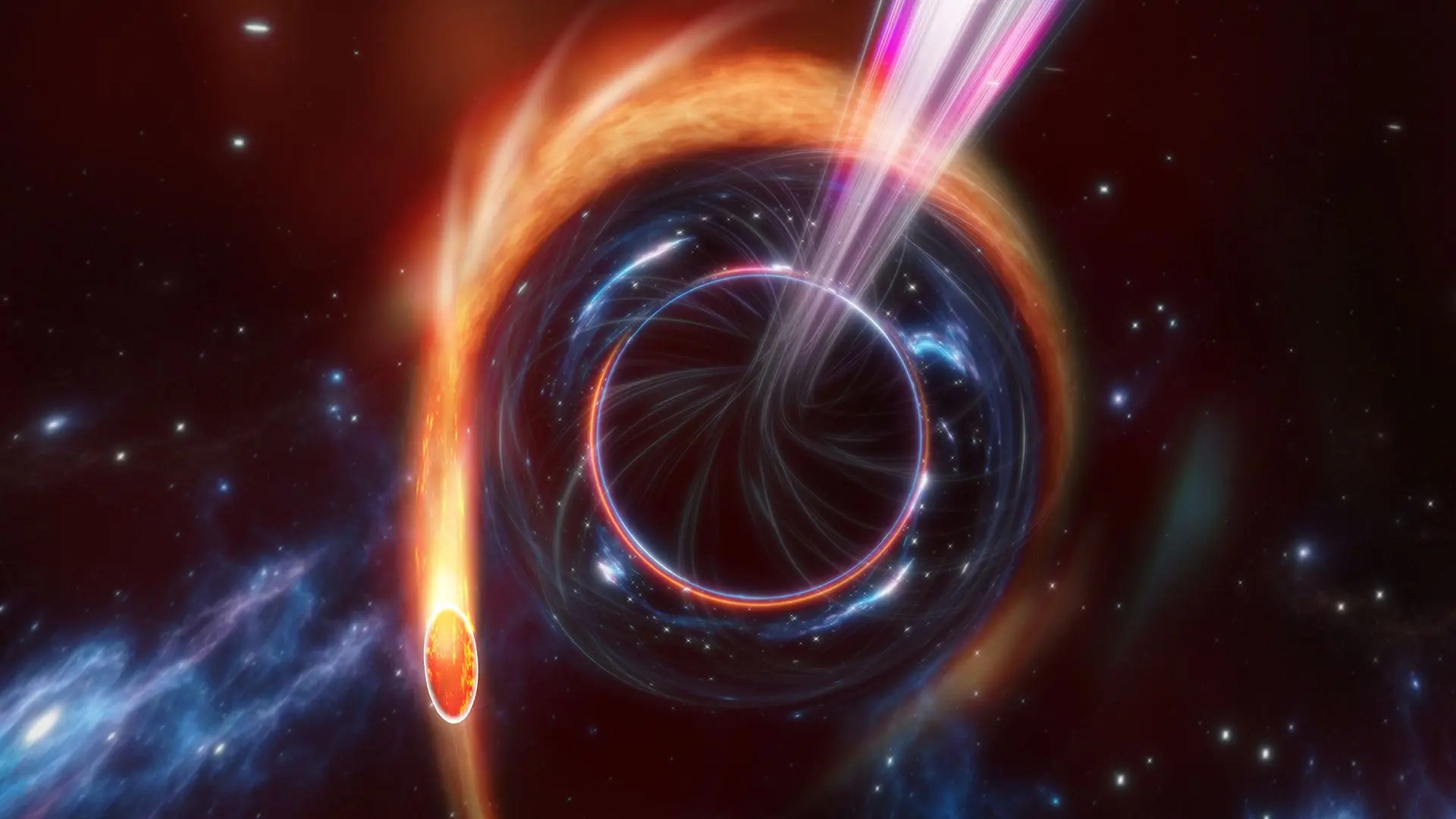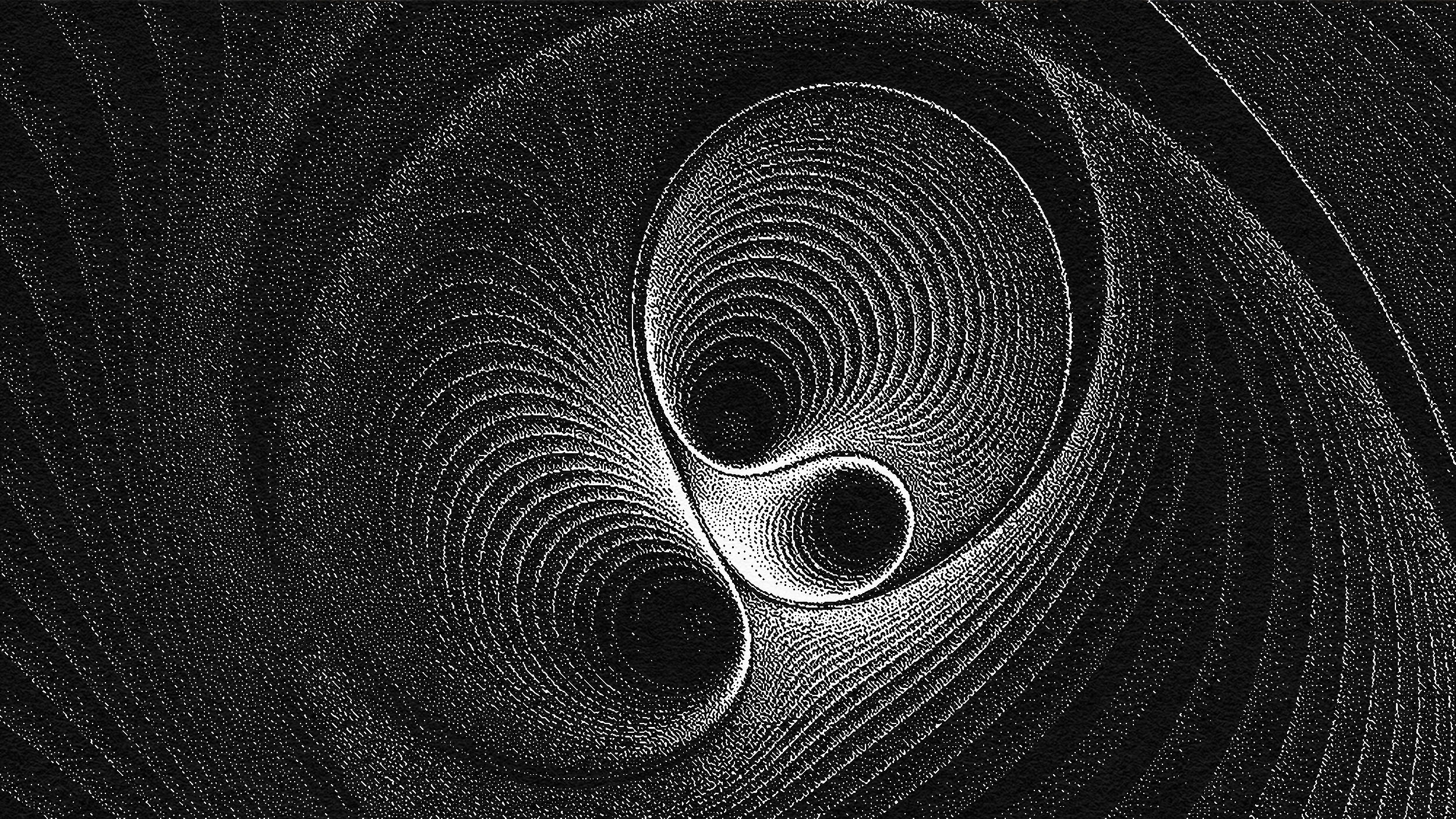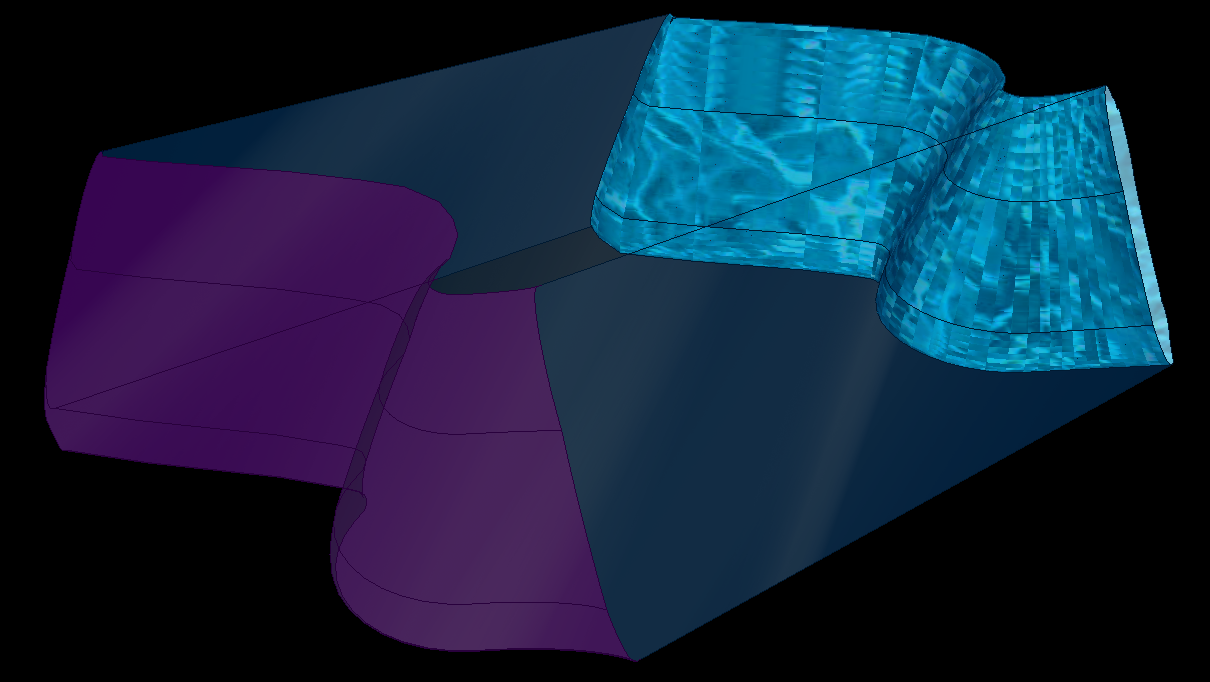The CO2 levels Peter Ward measured on a recent trip to Antarctica left him with a bleak view of the future of the planet.
Question: Based on your findings in Antarctica, how do you assess the future of the planet?
Peter Ward: Well, the earth has certainly gone through a lot of hot times and cold times back and forth, and forth and back. And what I do is study deep time by looking at CO2 levels and relative temperatures and we are coming out of a cold time and moving into a hot time. However, for this particular time in history, we should be moving back into a cold time.
If we take the entire ice ages in the last 2 ½ million years, we’ve been in a 10,000 year calm of warmth, and it’s time to go cold again, and yet it doesn’t seem to be in our cards because of all the carbon dioxide we have put into the system. In fact, we are now at levels that the world has not seen for the last 40 million years and we will soon be at carbon dioxide levels that were 100 million years ago when we had a true hothouse world.
So, the game has been changed.
Question: What specific research did you conduct during your Antarctic expedition?
Peter Ward: Our Antarctic work is to look at the nature of global temperatures at the end of the Cretaceous Period. Cretaceous ended 65 million years ago. The **** end, and I do believe this is that large asteroid hit us in the Yucatan Peninsula causing the mass extinction. But we’re trying to see what happened in the 10 million years prior to that because we know at that time; there was a gigantic volcanic event in India. These are a big flood basalts they’re called. It’s not a single point source volcano, but imagine enormous areas of the earth, creeping lava coming out of the cracks and flowing slowly all around scaring dinosaurs to death, probably running in front of this stuff, probably killed a few dinosaurs, but what it did do was vent an enormous quantity of volcanic carbon dioxide and other gasses into the atmosphere.
Now, we wanted to know, was there any precursor to the impact. Was the impact just the coup de grace coming on an already affected world and it does seem to be that? And the best place to look at this – the best place to understand anything about global warming isn’t at the tropics. That’s where temperatures change the least, but it’s at the poles where you have the greatest absolute change. So, we found a ten degrees centigrade change from colder to warmer in the last two to three million years prior to the impact itself. The place really did warm up, and fast, from a lot of CO2 in the atmosphere. Now, there’s obviously parallels to what’s going on in the world today.
Question: What was your methodology in measuring CO2 levels in Antarctica?
Peter Ward: We’re trying to understand past temperatures. And you can do this in a couple of direct and indirect ways. But the most direct way is to take the shells, if it is unaltered. The original shell of some of the mollusks that lived at that time. The ones we look at are relative to the chambered nautilus called ammonites; beautifully pearly shell. And just run an isotope check on it. You can do this very simply by crushing it up, turning it into a powder and heating that. You get oxygen being driven off. You compare the isotopes. It’s been known for 50 years that a comparison of the oxygen isotope 18, which is heavier, to the far more normal oxygen 16 is a direct way of measuring ancient temperatures. So, all we try to do is understand, gee, what happened to ocean temperatures across this 2 or 3 million year interval.
So, we collect the specimens, we take them back to our labs in America, we run them through the machines and came up with a temperature curve. So, we do have a direct measurement now of say the last 5 million years of the Cretaceous. And the temperatures in the Arctic and the Antarctic, and sure enough those are the places that should warm up the most if you had a global warming scenario and in fact, that’s exactly what happened.
Question: What distinguishes man-made global warming from past warming events, and which is likely to be worse?
Peter Ward: Well, the differences are just simply what is causing it? I mean, in the past it was volcanoes and today it’s Volvos, or any other car you want to say. But the reality, it’s not even the cars. And this is a misnomer that I see. We think of all those cars and all the exhaust from them, and surely that is a problem, but it’s the power plants that make the steel that make the cars. That’s the problem. The power plants are the big problem on this planet. And that’s why we really have to think seriously about China with its billion or more people of which one in 100 has a personal car. America has 300 million people and over 300 million cars. Now, what happens if the world has to build a billion cars just for the Chinese? That’s a lot of carbon dioxide still to go to the atmosphere. A lot of power plants and the power plants in China are almost invariably fueled by coal, and coal is the single worst polluter that humans could use.
Recorded on January 11, 2010
Interviewed by Austin Allen





